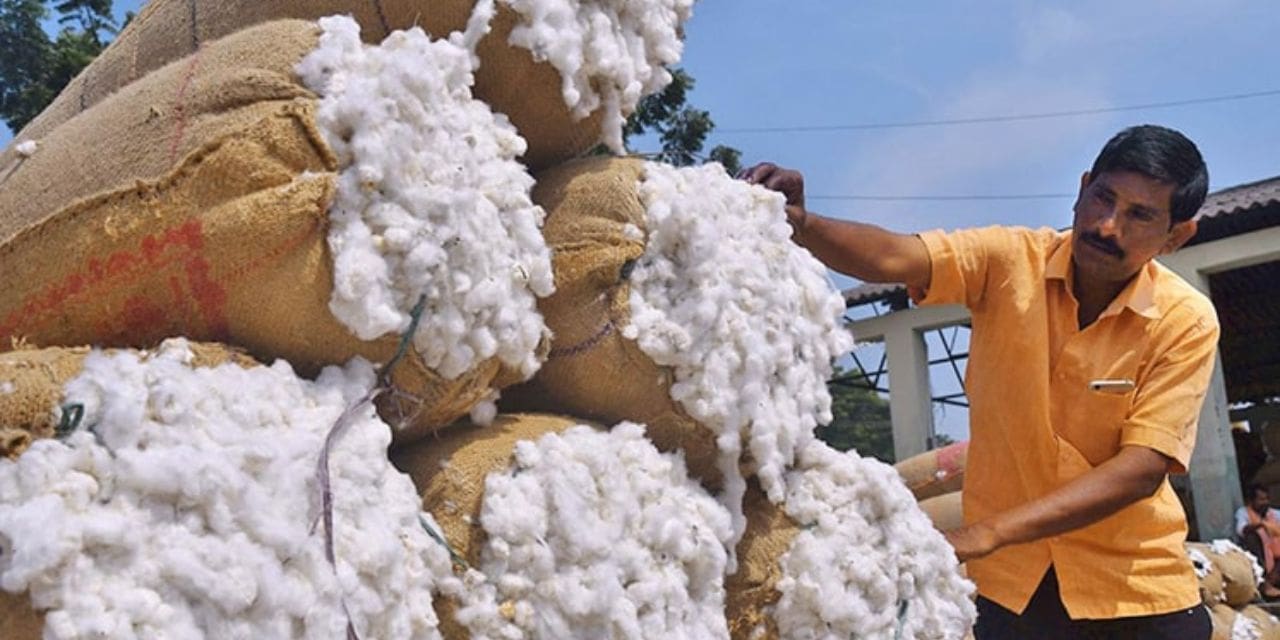As the fresh cotton harvest enters North India, mainly Haryana, at a price of about Rs 56,500 per candy (356 kg), the Gujarat textile sector is optimistic about the future. Gujarat’s cotton costs are currently circling around Rs 61,000.
This price convergence raises the prospect of market stability. Cotton from Gujarat is anticipated to start arriving in October, and industry participants are optimistic that a healthy crop and lower prices would enhance exports in the upcoming season.
The Spinners’ Association Gujarat (SAG) vice president Jayesh Patel stated that “Cotton prices have surged dramatically in the last few days due to improved demand against lesser supply. However, we predict price equilibrium with the fresh crop’s arrival in Haryana at a slightly lower rate of roughly Rs 56,500 per confectionery. Due to the new cotton’s higher moisture content, prices are cheaper. We have high hopes for this year’s production, which should result in price parity on the yarn market. We source cotton from other states as well, particularly Maharashtra, although Gujarat has 120 spinning mills with a capacity of about 45 lakh spindles.
In order to coincide with the arrival of new cotton in Gujarat, the formal cotton season is scheduled to start in October. The Gujcot Association’s secretary, Ajay Shah, stated that “India’s overall cotton crop area has increased to nearly 121 lakh hectares. More than 26.50 lakh hectares of cotton were sown in Gujarat, beating the previous record, and we anticipate the crop to start growing in October. In Gujarat, cotton prices have surpassed the Rs 61,000 per candy level due to the current strong demand and few deliveries.
According to a report from the GujCot Association, the Gujarat Shankar-6 price has experienced significant daily gains because of a slow increase in supply and high mill demand.
Gujarat is thought to have contributed a sizeable portion of the current national cotton arrival, amounting to roughly 10,000 to 12,000 bales. Although yarn demand is still high, current rates are, according to the report, a little below than predicted parity.

